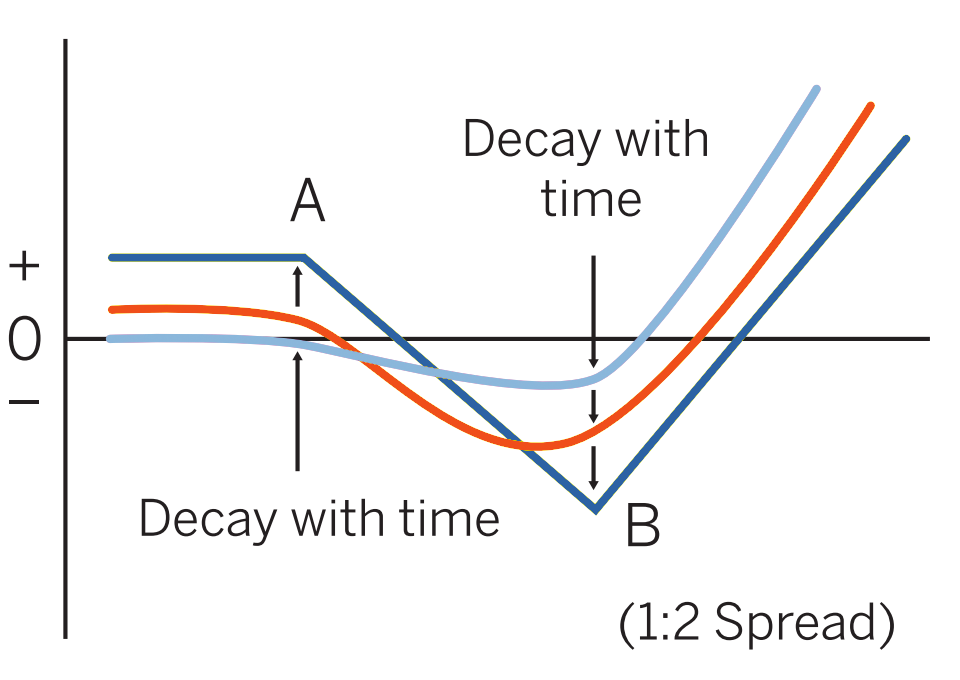Neutral Options Trading Strategies Calendar Spread
Post on: 19 Июль, 2015 No Comment

Calendar Spread — Neutral Options Trading Strategy
When an investor is neutral on the market, (neither bullish nor bearish) and is looking to make additional profits from his, or her, portfolio, a Calendar Spread is another way to make money investing in stock. A Calendar Spread is an option spread where the strike prices are the same, but they have different expiration dates. These spreads are also referred to as horizontal spreads or time spreads.
A Calendar Spread involves selling an option with a date that is close to expiring against the purchase of another option, of the same strike price, that has a later expiration date. This stock option trading strategy is perfect for successful traders to add profit to a portfolio by purchasing long-term options that have a reduced cost. Calendar Spreads benefit from time decay because the option sold loses value more quickly than the new one purchased. If the investor’s prediction of a neutral market is correct, the value of the Calendar Spread increases. A Calendar Spread is profitable because it capitalizes on the time value differentials when there is a neutral market.
When the option that is near term expires, several actions are possible. If the investor’s stock market technical analysis still appears to be correct, the trader can hold the long position, if sufficient time remains on it, and sell another short term option against the long position. If there is concern that the market is ready to fall, the investor can close out the long position and take the profits. If the trader is dealing in calls and the indications are for a more bullish market, he / she, can simply continue to hold the long position and realize larger profits in the future. In any case, the cost incurred buying the long position was reduced, or eliminated, by the premiums collected from the option that was sold.
If implemented successfully, the risks involved in a Calendar Spread are minimal. The potential losses are limited to the net premium paid; this is the money spent for the option that was purchased minus the money received for the near term option sold. When implementing a Calendar Spread, it is best to attempt to purchase long term options that are undervalued.

One successful trading strategy in a Calendar Spread is to buy LEAPS (Long Term Equity Anticipation Securities) because they can be purchased much cheaper than actual stock. The risk in this is that if the underlying stock goes down in price, the LEAPS lose value as well. Therefore, a trader hopes that the near term option sold expires without value, and then the investor sells more options farther out and continues to collect premiums. This way, the trader is able to reduce the cost of the LEAPS or actually realize a profit in a successful trade.
As with any stock market strategy. it is important for an investor to review the trading plan and understand the potential risks and rewards from this strategy. A Calendar Spread is an excellent way for trader to make money investing in stock .














